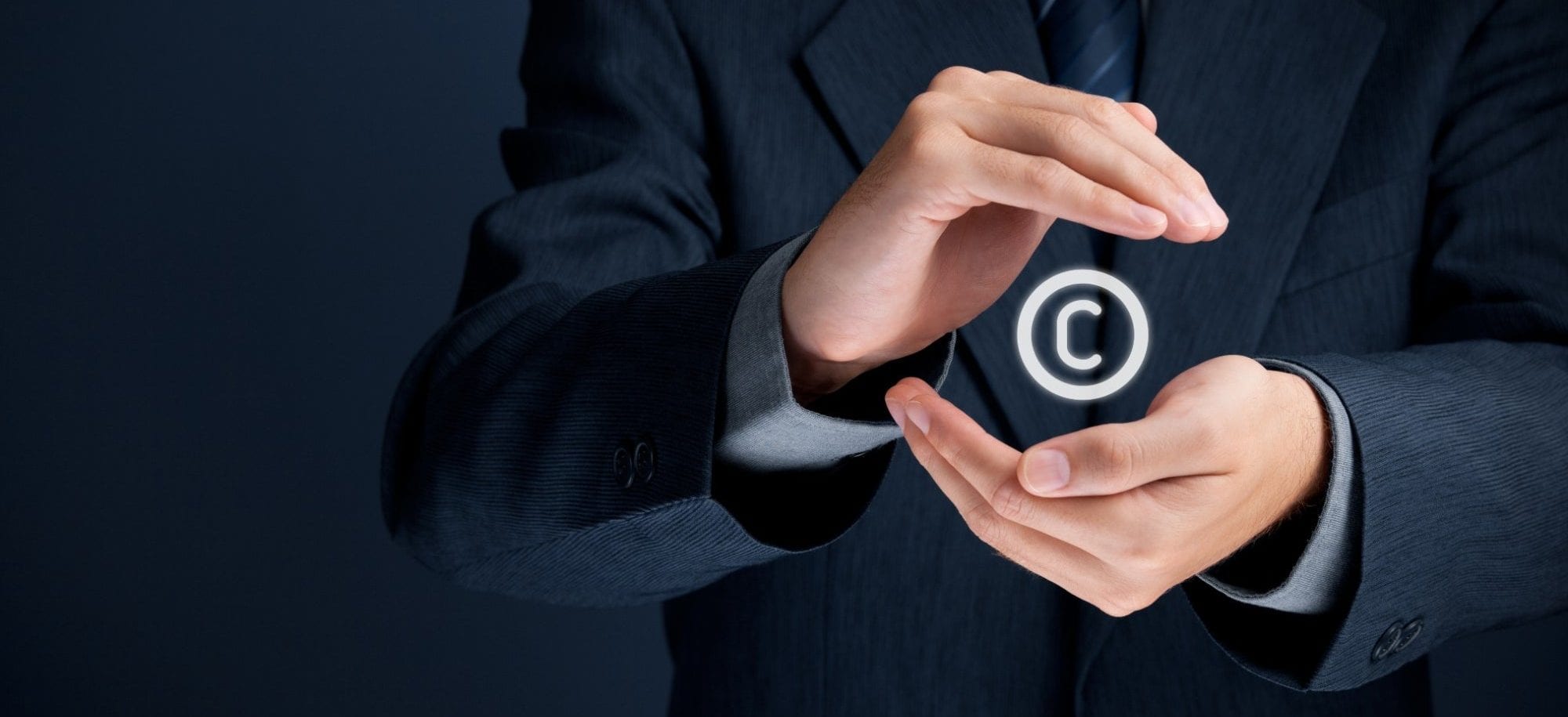Unscrupulous individuals and scammers exploit even the tiniest of opportunities to earn off another person’s sweat. In business, these opportunities are quite frequent, and they stem from the theft of a company’s intellectual property (IP) and their associated brands. When left unchecked, the scammers’ exploits can lead to losses and a soiled reputation. These possible outcomes point to the need for brand protection.
Brand Protection
Brand protection relates to safeguarding companies’ IPs and the brands that are allied to them. The protection is usually against brand abuse. Notably, brand abuse is a collective term that encompasses counterfeiting, piracy, social media impersonation, and infringements of patents, registered trademarks, and design rights, among others.
Brand abuse has always thrived, so much so that it has been the subject of many studies. Nonetheless, most of these studies have focused on counterfeits, perhaps pointing out that it has the most substantial ramifications. For this reason, this article will delve deeper into counterfeiting and demonstrate the effects it has on businesses and why for you, as a business owner, it would be of great benefit to incorporate brand protection.
Counterfeiting
Counterfeiting refers to the production of fake goods, i.e., products that imitate those produced by an authentic brand. This imitation is often done unofficially with the aim of deceiving customers into purchasing the product. The latter is achieved by including the brand’s logos and trademarks.
A customer who comes across the counterfeit product may not outrightly tell that it is fake since counterfeiters have mastered the art of expertly imitating the authentic item. It is through these conniving ways that they harm the genuine brand, reputation-wise and economically. Counterfeiting is problematic in the following ways:
- It reduces the value of brands
- It disregards and erodes the research and development work that a company does
- It destroys the trust customers had placed in the brands since counterfeit products do not embody quality
- It could have adverse health effects given the disregard for quality or whether certain ingredients are consumable
And that’s not all. Counterfeiting has an economic impact as well. According to a study, the trade – both domestic and international – in counterfeit products is projected to be between $1.9 trillion and $2.8 trillion in 2022. Other projections also show that the amount could even reach $4.2 trillion. Notably, these figures also encompass the monetary effects of piracy, which is the unauthorized use of scientific, literary, or artistic works.
This dent is massive to companies given that it is essentially lost revenue and a case of counterfeiters benefiting and earning off their brands. Combined, these impacts show why you should focus on brand protection.
Benefits of Brand Protection
Brand protection safeguards a company’s value. It is an integral part of thwarting any counterfeiting efforts as it sends a message to the counterfeiters that a particular brand is off-limits. Of course, it may not deter everyone, but it will substantially reduce the number of those trying a hand at it. Simply put, it makes counterfeiting less desirable. The outcomes of this deterrence are what we regard as the benefits of brand protection.
Brand protection:
- Deepens trust and fosters brand loyalty
- Increases sales and profits as it minimizes losses
- Ensures that a brand remains formidable and resilient for a long time
- Protects a brand’s reputation
Protecting your company’s intellectual property is crucial, more so if your company innovates or designs products or is a valuable brand. But how do you implement a brand protection strategy?
How To Protect Your Brand
Brand protection is mainly carried out by web scraping tools in conjunction with web crawlers and proxy servers. It follows the following procedure:
- Detecting brand abuse: the web crawlers and scrapers scour the internet looking for instances of IP infringements. The scraping tools then extract the data.
- Differentiating authentic brands from counterfeits: The extracted data is sorted based on whether the data has been sourced from an authorized and genuine business or one that has infringed on your IP.
- Removing IP infringements from the web: This step entails delisting products from marketplaces and pulling down fake websites or accounts on social media.
- Presenting brands with reports on the steps they should take in the future.
- Implement an anti-counterfeiting technology.
These steps are mainly the reserve of brand protection services. Therefore, the last reporting step provides an overview of what they accomplished in addition to information that brands can use. Notably, these services rely on proxies for effective web scraping and crawling.
Rotating datacenter proxies are used since they are cheap and fast. Moreover, data center servers generate multiple data center IP addresses, meaning that datacenter proxies have a wide pool of IP addresses from which to choose during IP rotation. These factors prevent any detection and even enable web scrapers to access geo-restricted content. Thus, with datacenter proxies, you can avert brand abuse on a global scale.
Copyright -DepositPhotos


